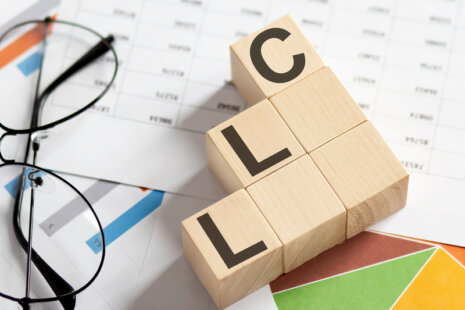Strategy development involves distinct phases or stages, with varying steps and terminology depending on the methodology used.
The following are five common phases of the strategy process…
- Strategic Analysis
- In this initial phase, organizations conduct a comprehensive analysis of the internal and external environment to understand the current state of the business and the factors that may impact its future success. This analysis includes assessing the organization’s strengths, weaknesses, opportunities, and threats (SWOT analysis), as well as analyzing market trends, competitive dynamics, customer preferences, regulatory factors, and other relevant factors.
- Strategy Formulation
- Based on the findings of the strategic analysis, organizations develop a clear and coherent strategy that outlines the overall direction, goals, and priorities for the business. This involves making strategic choices about where to compete, how to differentiate, and how to allocate resources to achieve competitive advantage and long-term success. Strategy formulation may involve defining the organization’s mission, vision, and values, setting strategic objectives and goals, identifying strategic initiatives and action plans, and developing strategic alternatives or scenarios.
- Strategy Implementation
- Once the strategy has been formulated, the focus shifts to implementing the strategic plan and putting it into action. This phase involves translating strategic objectives and goals into specific actions, allocating resources, assigning responsibilities, and implementing strategic initiatives and programs across the organization. It also involves establishing systems, processes, and metrics for monitoring progress, tracking performance, and ensuring accountability. Effective strategy implementation requires strong leadership, effective communication, stakeholder engagement, and organizational alignment.
- Strategy Evaluation and Control
- In this phase, organizations monitor and evaluate the progress and performance of the strategic plan to assess its effectiveness and make adjustments as needed. This involves comparing actual performance against strategic goals and objectives, analyzing variances, identifying root causes of performance gaps, and taking corrective actions to address any issues or challenges that arise. Strategy evaluation and control may also involve conducting periodic reviews, reassessing assumptions, updating the strategic plan as needed, and learning from both successes and failures.
- Strategy Review and Adaptation
- Strategy is not a static process but rather an ongoing journey of adaptation and evolution in response to changing circumstances and new opportunities. In this final phase, organizations review and reflect on their strategic performance, lessons learned, and evolving market dynamics to inform future strategy development. This may involve conducting periodic strategy reviews, reassessing the organization’s strategic position, identifying emerging trends and risks, and making adjustments to the strategic plan to ensure its continued relevance and effectiveness in achieving the organization’s goals.
By progressing through these five phases of the strategy process, organizations can develop and execute a robust strategic plan that guides their actions, drives performance, and positions them for long-term success in a dynamic and competitive environment.




